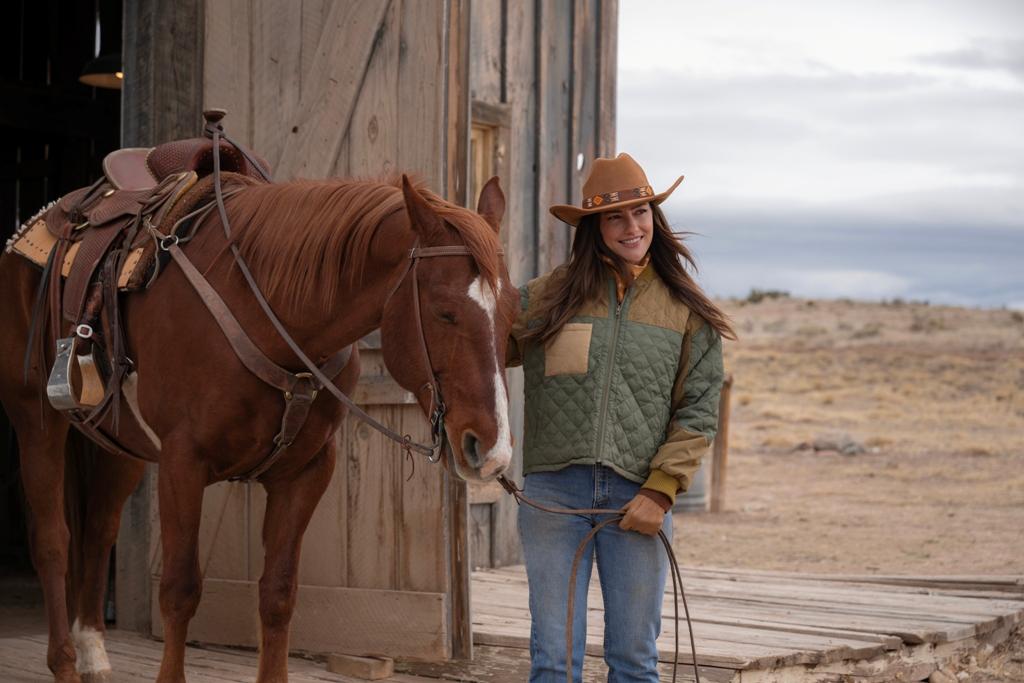In the mid-1980s, Paul Newman recorded over 100 interviews with his friends, family, film industry associates, and even his ex-wife Jackie Witte, for the purpose of preparing a memoir to be co-penned by Stewart Stern (the screenwriter of “Rebel Without a Cause” and “Rachel, Rachel” among others). For reasons known only to him, Newman abandoned the project and burned the recordings.
It’s never made clear if Stern had transcribed the tapes before Newman destroyed them, but the voluminous pages ultimately landed in the hands of Newman’s daughter Clea, a friend of Ethan Hawke.

Not All Unicorns and Rainbows
Newman and Joanne Woodward, his second wife of over 50 years, were the rarest of Hollywood couples. While there are dozens of other celebrities who were or have been married longer, none of these pairings include two acting legends. Like practically every other married couple in history, the Newmans had their ebbs and flows. At one point she threatened to divorce him over his ever-increasing alcohol intake, and his smart-aleck retort was that he’d give up hard liquor and drink only beer and wine. She agreed to the terms and they moved on.This wasn’t the first or last bump in their long journey. In a 1968 interview with “Playboy,” when asked about the temptation of straying, Newman replied: “There’s no reason to roam. I have steak at home. Why should I go out for hamburger?”
For many, this would be received as a compliment and an unwavering declaration of love and commitment, yet Woodward took umbrage at being compared to a piece of meat.
Most Newman-Woodward fans weren’t aware of her displeasure over this and the “drinking ultimatum” incident. The fact that Hawke includes them here is testament to his desire to avoid sycophantic fawning or cranking out biased, pure rose-colored-glasses fan service.
Something that the established Newman-Woodward base is keenly aware of (but perhaps not casual viewers) is the misconception that his career always overshadowed and eclipsed hers. From the time they’d met in the 1953 stage play “Picnic” to beyond her Oscar win for the 1957 film “The Three Faces of Eve,” Newman and practically everyone else in the know considered Woodward to be a far more talented thespian.

The Pendulum Swings
Although he’d previously received Oscar nominations for “Cat on a Hot Tin Roof” (1958) and “The Hustler” (1961), it was with the titular role in “Hud” in 1963 that Newman’s career hit full stride. At the same time, Woodward chose to put her career on the back burner and devoted the bulk of her efforts to child rearing (the three she had with Newman and three he’d fathered with Witte).The couple’s career pendulum had swung fully and permanently in Newman’s direction. He became and remained the top male box office draw for slightly beyond the next decade.
Had the series been solely about the two leads’ courtship, marriage, and parallel careers, Hawke could’ve covered it all and done so thoroughly in three or so hours. Yet, while these subplots have threads running for the entire length of the production, the final two installments put the focus on what transpired after the death of their son Scott.
Appearing in but not alongside his father in “The Towering Inferno,” Scott inherited Newman’s gene for alcohol overuse (and on top of that, substance abuse), but nary an iota of his acting talent. He wasn’t the first child to try and emulate a famous parent and he won’t be the last, and it eventually got the best of him. Scott died of a drug and alcohol overdose in 1978.

A man who stated that his only parental achievement was in teaching his children how to drive, Newman was shaken to the core over his son’s death, which he took to his grave. In 1980, he founded a drug treatment center in Scott’s name and, later, the “Hole in the Wall Gang” camp serving child cancer patients and their families.
Lose the Zoom
While Hawke and editor Barry Poltermann masterfully assembled the nuts and bolts of the production (the interview re-creations, still photos, news reels, film and TV excerpts), they also made the iffy decision to include what, in any other instance, would be considered to be B-roll or home video bonus content.
The opening title sequence in the series features Hawke and the voice actors (via Zoom calls) “geeking out” over Newman and Woodward, who are first seen in the “bank vault” scene from “Mr. & Mrs. Bridge” (their last of 16 movies together). This, in itself, isn’t a bad thing as all are fans of the Golden Age of Hollywood they’re about to celebrate, but the continuity of the series as a whole suffers because of it. It doesn’t help matters that the visual quality of the Zoom footage ranges from mediocre to downright awful.
In total, these informative but distracting back-and-forths (peppered throughout the entire production) take up roughly 20 percent of the almost six-hour running time. Had these passages been excised and put together as a stand-alone “making of” featurette, the overall quality of the docuseries would easily go from a soft four to a solid five stars.

Last Power Couple
Were Newman and Woodward “The Last Movie Stars”? Some would say Clint Eastwood, Harrison Ford, Tom Cruise, Brad Pitt, and George Clooney (who voices Newman here) are indeed “movie stars,” but they are all solo acts.Julia Roberts, Jessica Lang, and Cate Blanchett may not be single, but their partners do not share the same limelight. As for married acting teams, none have before or since ever achieved the same legacy and staying power on and off the screen more than Newman and Woodward.





